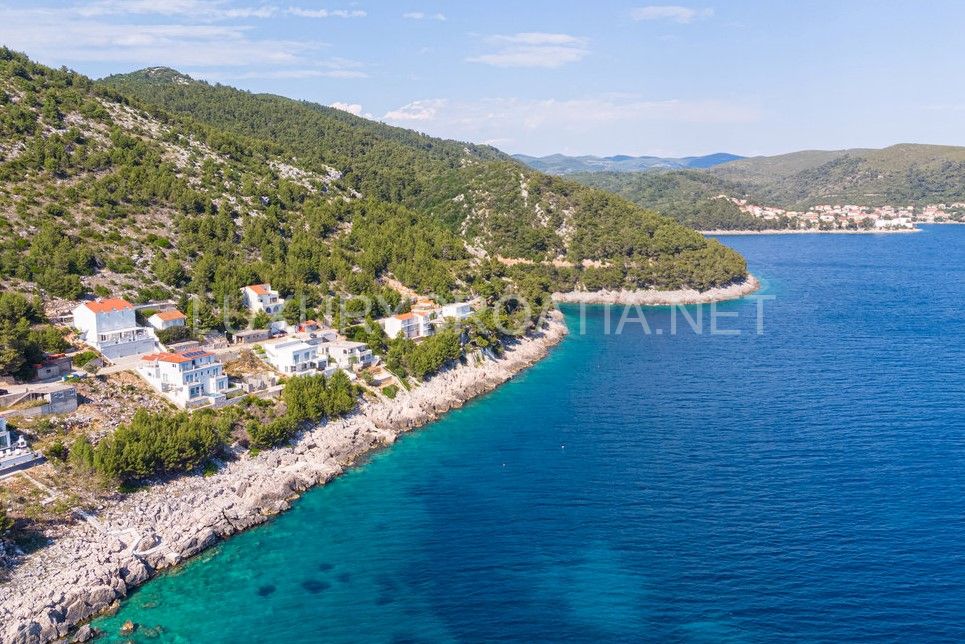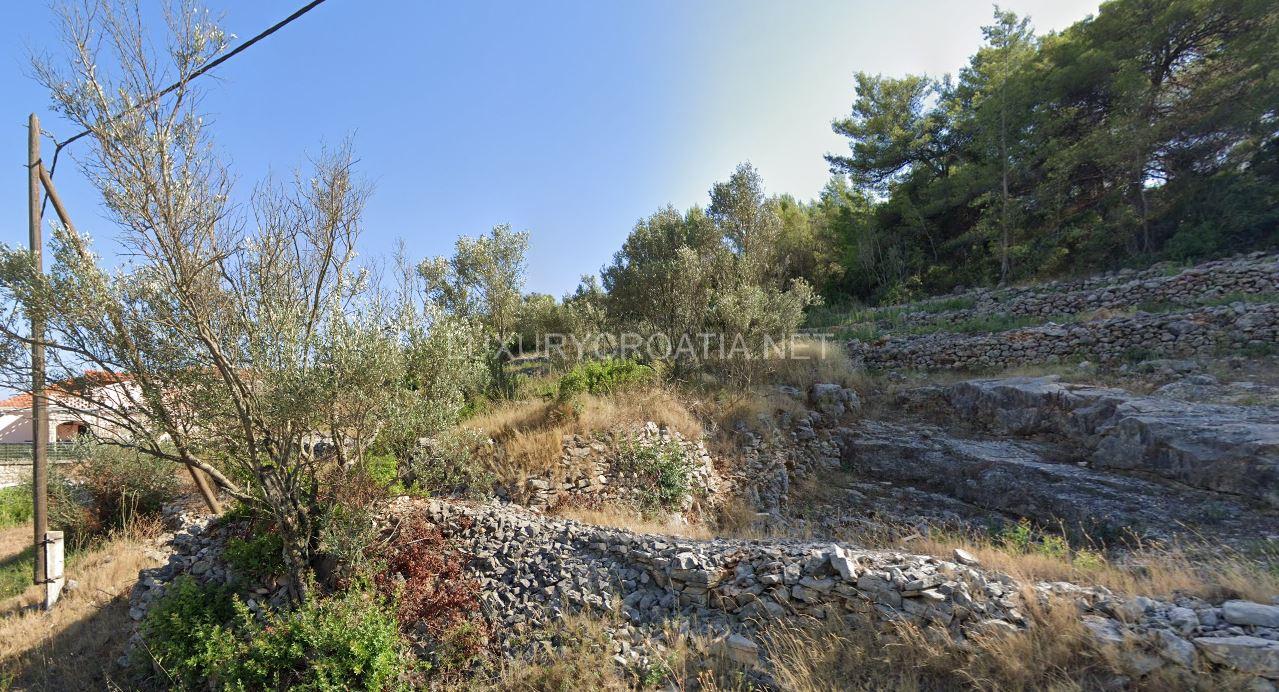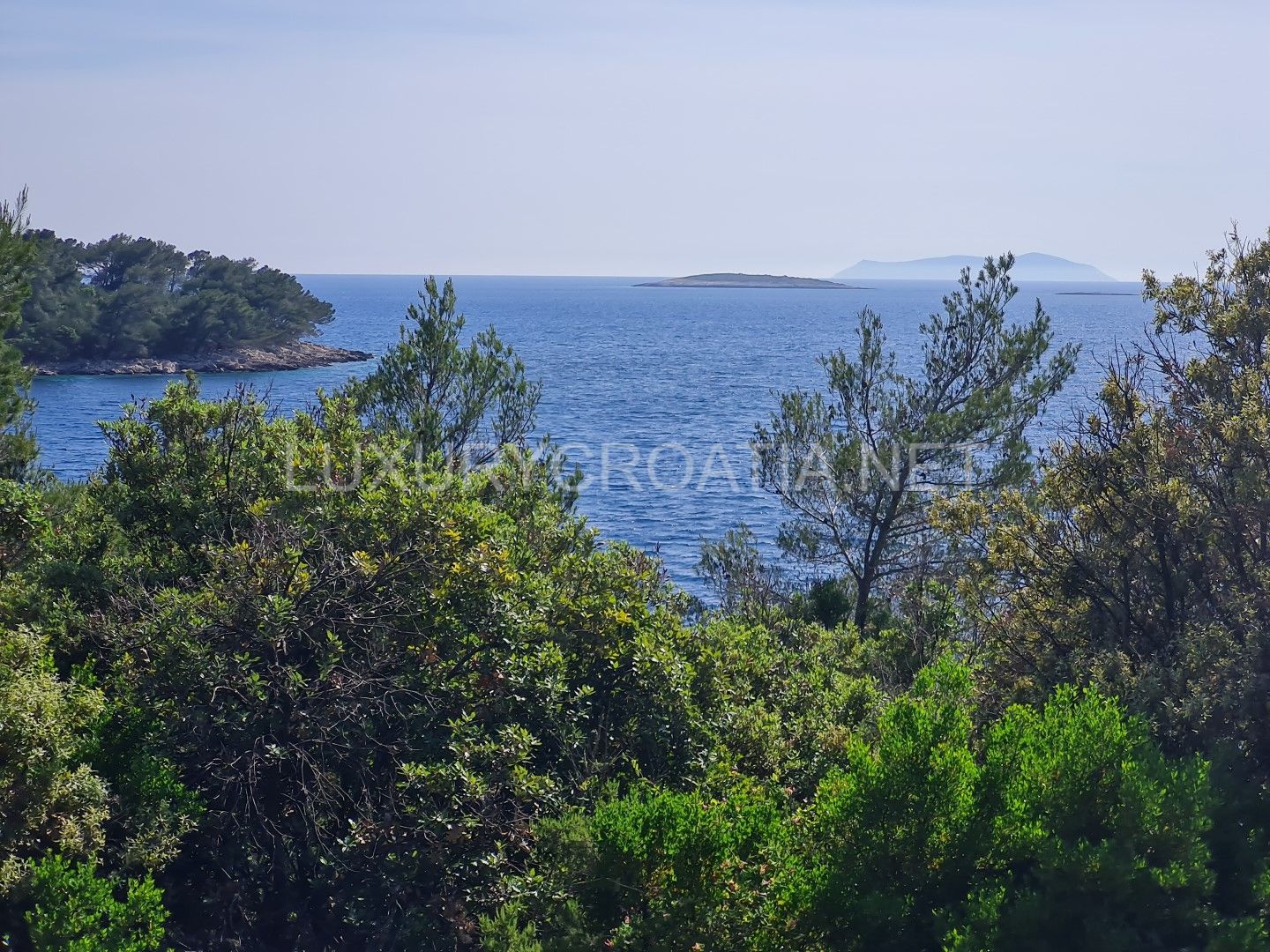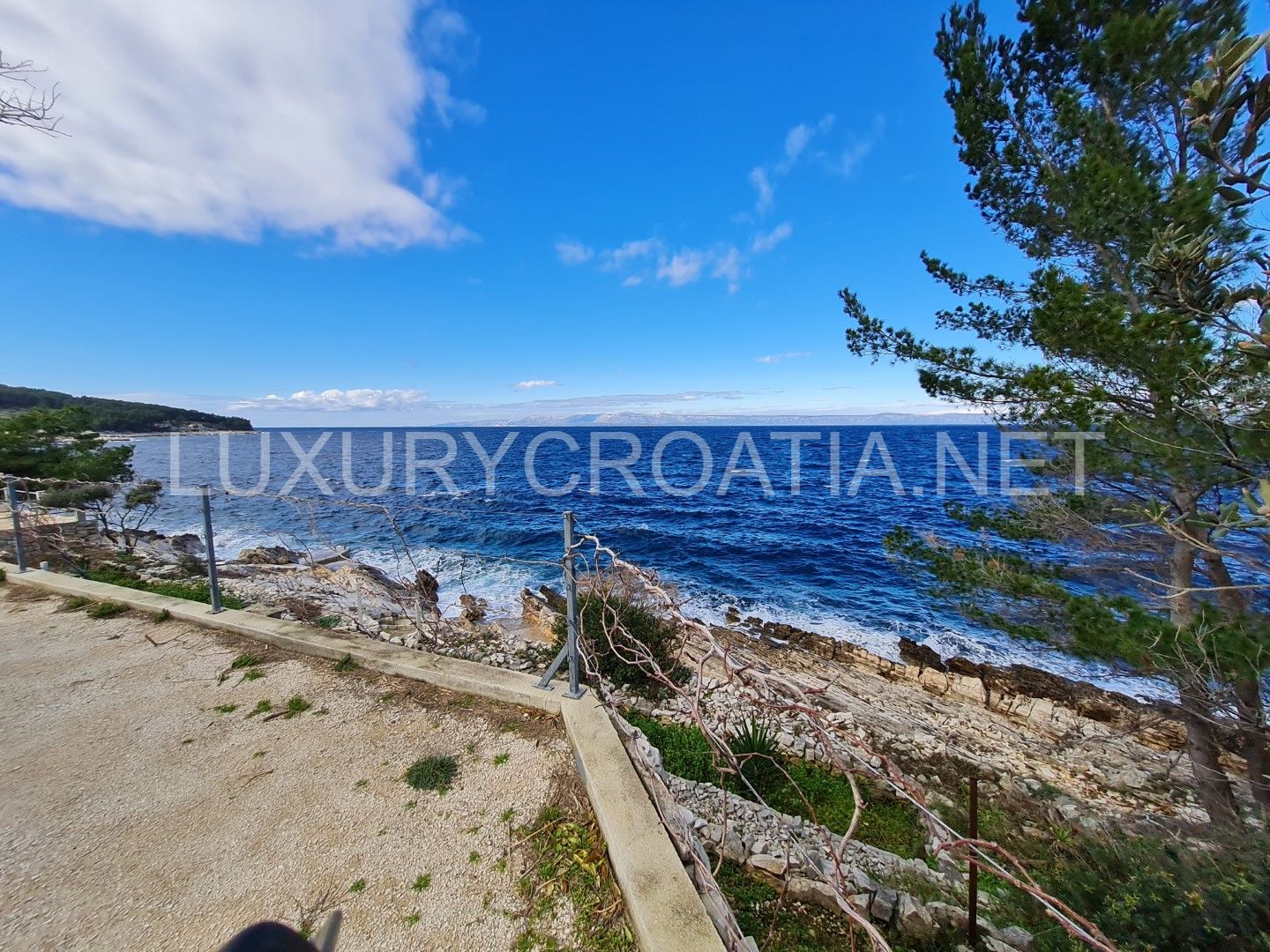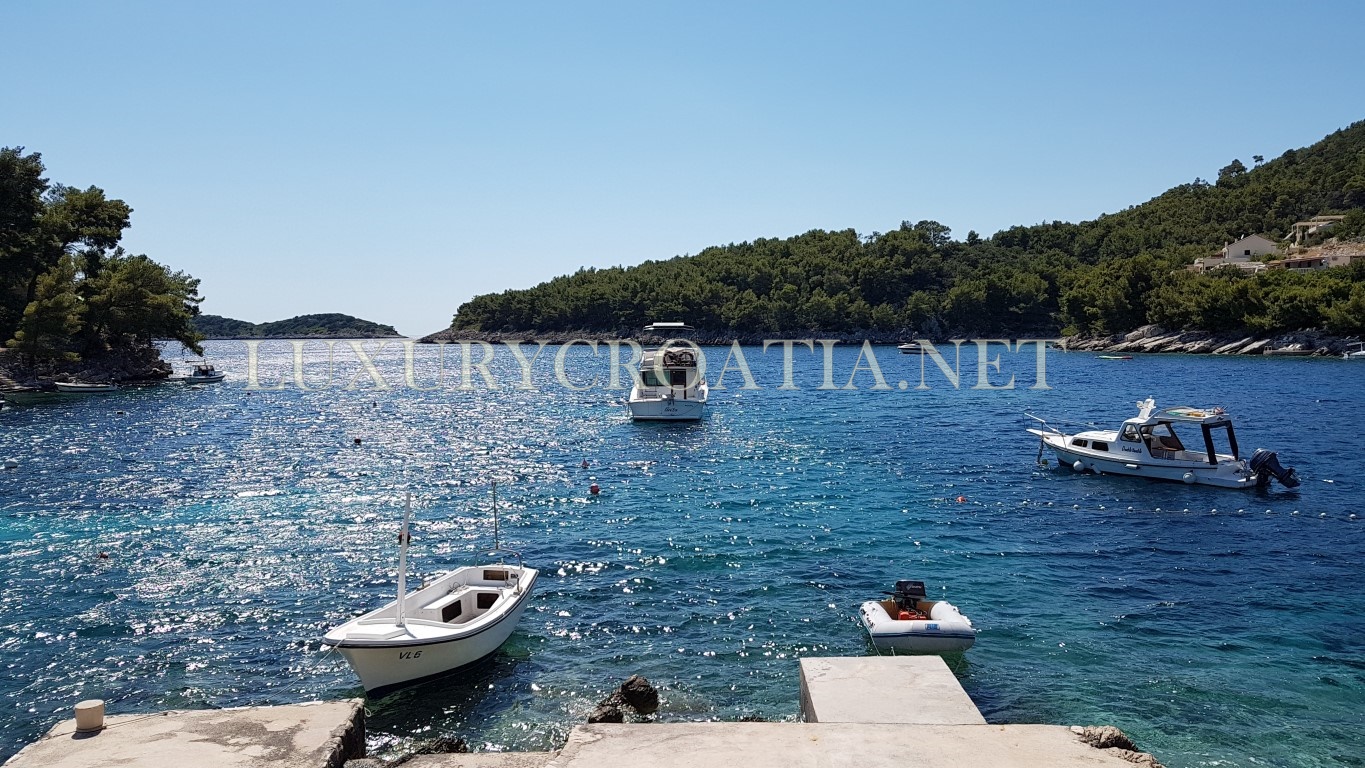SOLD:Second row to sea land for sale, Vela Luka, Korcula
-
 click on image to enlarge Seafront land for sale, Vela Luka, island of Korcula
click on image to enlarge Seafront land for sale, Vela Luka, island of Korcula
-
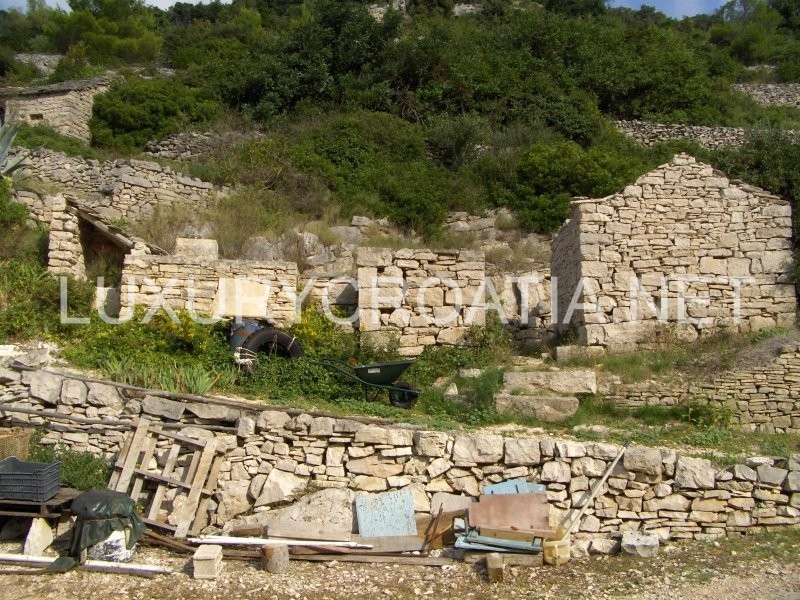 click on image to enlarge Land for sale by the sea, Vela Luka, Korcula (7)
click on image to enlarge Land for sale by the sea, Vela Luka, Korcula (7)
-
 click on image to enlarge Land for sale by the sea, Vela Luka, Korcula (3)
click on image to enlarge Land for sale by the sea, Vela Luka, Korcula (3)
Property Details:
- Categories: Land, SOLD
- Features: 3% Agency Commission
- Amenities: 2nd Row to the Sea
About this Property:
(L-VL-KO-3)
Second row to the sea land for sale, Vela Luka, Korcula
Building land for sale 801 m2.
Korčula (Greek: Κόρκυρα Μέλαινα, Latin: Corcyra Nigra, Korkyra Melaina, Old-Slavic Krkar, Venetian and Italian Curzola) is an island in the Adriatic Sea, in the Dubrovnik-Neretva county of Croatia. The island has an area of 279 km2 (108 sq mi); 46.8 km (29.1 mi) long and on average 7.8 km (4.8 mi) wide — and lies just off the Dalmatian coast. Its 16,182 (2001) inhabitants make it the second most populous Adriatic island after Krk. The population are mainly ethnic Croats (96.77% ).[1]
KORCULA CITY – The birthplace of Marco Polo was built on the foundations of a Greek colony, and is the historical and tourist centre of the largest island in the Dubrovnik region. It is famous for its streets that are shaped in the form of a fish bone and well-preserved Gothic and Renaissance buildings.
Among them stands out the Cathedral of sv. Marko [St. Mark], whose rich interior guards the works of great Italian painters. The people of Korčula have preserved their customs and the medieval knight’s game “Moreška” that takes place on the town streets. The gentle Mediterranean cuisine will challenge the palates of even the most fastidious gourmets.
Along with the gifts of the sea (mussels, fish, crabs), delicious desserts such as Cukarin, the Dubrovnik cakes rožata and klašun go very well with the local Korčula wines – Grk, Pošip, Plavac and Rukatac.
Near the town of Korčula, there is an archipelago of 20 uninhabited islands covered with dense thicket, and an accessible coastline. Here is also the slightly larger islet of Badija with its pebble beaches and beautiful Franciscan monastery.
korcula_grad korcula_kumpanija korcula_2v
According to legend, the island was founded by Trojan hero Antenor in the 12th century BC who is also famed as the founder of the city of Padua.
The island was first settled by Mesolithic and Neolithic peoples. There is archaeological evidence at the sites of Vela Spila (Big Cave)[2] and at Jakas Cave near the village of Zrnovo. The finds of Vela Spila are on display at the Center for Culture in Vela Luka [1]. The fate of these peoples is not know but the sites do provide a window into their way of life.
The second wave of human settement was by Illyrians.[3] It is believed that the Illyrians arrived in Balkans approximately 1000 BC.[4] They were semi-nomadic tribal people living from agriculture.
Melaina Korkyra (Greek: Μέλαινα Κόρκυρα, “Black Corfu”) was the ancient Cnidian Greek colony founded on Korčula.[6] Greek colonists from Corcyra (Corfu) formed a small colony on the island in the 6th century B.C. The Greeks named it “Black Corfu” after their homeland and the dense pine-woods on the island. Greek artifacts, including carved marble tombstones can be found at the local Korcula town museum. A stone inscription found in Lumbarda (Lumbarda Psephisma) and which is the oldest written stone monument in Croatia (and, until recently, in former Yugoslavia), records that Greek settlers from Issa (Vis) founded another colony on the island in the 3rd century BC. The two communities lived peacefully until the Illyrian Wars (220 BC to 219 BC) [7] with the Romans.
The island became part of the Roman province of Illyricum [8] after the Illyrian Wars. Roman migration followed and Roman citizens arrived on the island. Roman villas appeared through the territory of Korčula and there is evidence of an organised agricultural exploitation of the land. There are archaeological remains of Roman Junianum [9] on the island and old church foundations.[10] In 10 AD Illyricum was split into two provinces, Pannonia and Dalmatia.[11] Korčula became part of the ancient Roman province of Dalmatia. In the 6th century it came under Byzantine rule.
The Great Migrations of the 6th and 7th centuries, brought the Slavic[12] and Avar invasions into this region. As the so-called barbarians began settling on the coast, the Romanised local coastal population had to take refuge on the islands. Along the Dalmatian coast the Croatian Slavic peoples migrations poured in from the interior and seized control of the area where the Neretva River enters the Adriatic, as well as the island of Korčula (Corcyra), that protect the river mouth. The Christianization of the Croats began in the 9th century, but the early Slavic rural inhabitants of the island may well have fully accepted Christianity later. Accordingly, the Croatian population of the island in the early Middle Ages was described as being in the same group as the Neretvians of the coastal Principality of Pagania (the land of the Pagans).
The 17th century saw the rise of Petar Kanavelić who wrote love songs, occasional epic poems and dramas. He also translated from Italian the major poetic works of that time. He is regarded as one of the greatest Croatian writers of 17th century.[31] In 1673 he became the representative of the Korčula community in Venice. There is a primary school named after him in the town of Korčula.
Moreška is a traditional sword dance[32][33] from the town of Korčula. It is one of the many proud traditional sword dances that are performed on the island. It arrived in Korčula around the 16th century. Korčula has a rich musical history of Klape groups. Klapa is a form of a cappella style of singing. The tradition goes back centuries, but the style as we know it today, originated in the 19th century. Oliver Dragojević is a famous Croatian pop singer who comes from the island.
Korčula has a very old Stonemasonry history, a tradition which reached its peak during the rule of the Venetian Republic (1420-1797).The island also has a very strong art tradition.


